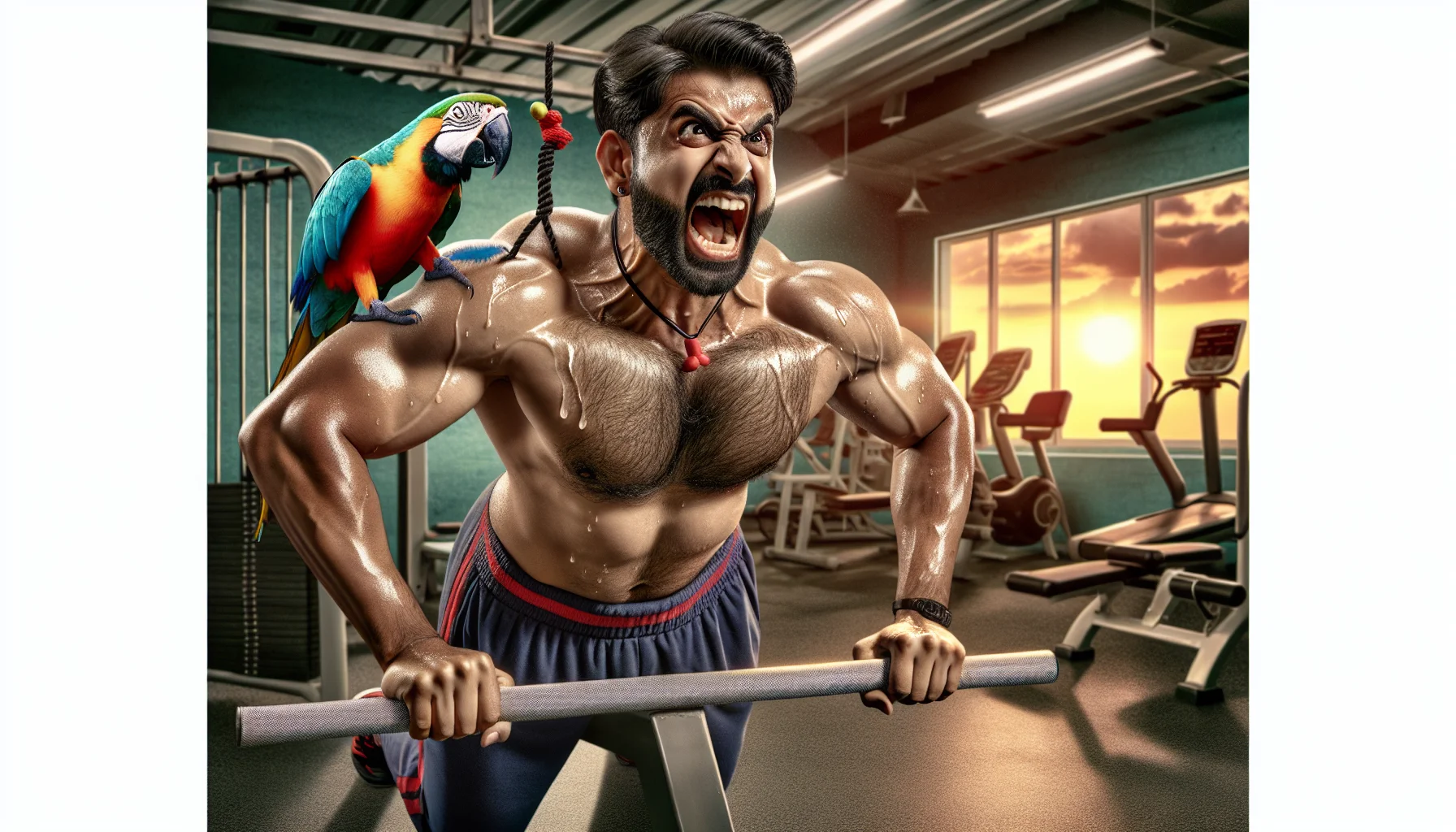Calisthenics triceps Quiz
Test Your Knowledge
Question of
The Ultimate Guide to Calisthenics for Triceps
Calisthenics exercises offer a unique and effective approach to strengthening and toning the triceps. Utilizing the weight of your own body, these exercises not only enhance muscle endurance and strength but also improve overall arm aesthetics and functionality. From beginners to advanced fitness enthusiasts, calisthenics provides a versatile range of movements that can be tailored to meet individual fitness levels and goals, making it an ideal workout for anyone looking to target their triceps without the need for equipment or a gym membership.
Understanding Your Triceps
The triceps, also known as the triceps brachii, is a major muscle located at the back of the upper arm. It consists of three heads: the long head, the lateral head, and the medial head. These heads originate from different parts of the arm and shoulder but converge into one tendon that attaches to the elbow. The primary function of the triceps is to extend the elbow, enabling the straightening of the arm. This muscle plays a crucial role in various arm movements and is essential for pushing motions, making it vital for activities ranging from daily tasks to athletic endeavors.
Beyond its functional importance, the triceps also contribute significantly to the overall aesthetics of the arms. Well-developed triceps add to the appearance of upper arm size and definition, creating a balanced look when combined with strong biceps. For anyone looking to improve arm strength and appearance, focusing on triceps development through specific exercises is key.
Top Calisthenics Exercises for Triceps
- Push-ups
- Dips
- Diamond Push-ups
Beginner-Friendly Tricep Workouts
Starting a tricep-focused workout as a beginner might seem daunting, but incorporating calisthenics exercises can make it approachable and effective. Calisthenics exercises use your own body weight and require minimal equipment, making them ideal for those new to fitness or working out at home. Begin with exercises that allow you to adjust your body position to decrease the difficulty, and as you gain strength, you can increase the challenge. Consistency and proper form are key to seeing progress and avoiding injury.
- Tricep Dips - Start with your hands on a bench or chair, legs extended forward, and slowly lower your body, keeping elbows pointed back.
- Push-Ups - Modify by doing them on your knees to reduce the weight on your triceps initially.
- Tricep Kickbacks - Use a light dumbbell or water bottle, keep your elbow stationary, and extend your arm back.
- Bench Dips - Similar to tricep dips but with your feet elevated on another bench or chair to increase the difficulty.
- Diamond Push-Ups - Place your hands close together to form a diamond shape on the floor, which targets the triceps more as you do the push-up.
Advanced Calisthenics Moves for Triceps
For those who have mastered the basic exercises and are looking to challenge themselves further, advancing your calisthenics routine is a great way to build strength and muscle in your triceps. Here are some advanced moves that can help you push your limits and achieve greater results.
- Tricep Extension
- One-Arm Push-Up
- Impossible Dip
- Tiger Bend Push-Up
- Archer Push-Up
Incorporating Equipment into Your Tricep Workouts
When it comes to building stronger triceps, calisthenics workouts offer a great foundation. However, incorporating specific pieces of equipment can significantly enhance your training routine. Tools like resistance bands or parallettes add variety and intensity, allowing for a more comprehensive tricep development. By leveraging these pieces of equipment, you can target your triceps more effectively, pushing past plateaus and achieving greater muscle growth and strength.
- Resistance Bands
- Parallettes
- Dumbbells
- Kettlebells
- Weighted Vests
Maintaining Progress and Avoiding Plateaus
To continue making gains in tricep strength and size, it's crucial to focus on three main strategies: progressive overload, workout variation, and proper nutrition. Progressive overload involves gradually increasing the weight, frequency, or number of repetitions in your workouts to challenge your muscles. Incorporating a variety of exercises and adjusting your workout routine every few weeks can prevent your muscles from adapting and plateauing. Proper nutrition, including adequate protein intake, supports muscle repair and growth. By paying attention to these areas, you can ensure continuous improvement and avoid hitting a standstill in your progress.
| Strategy | Description | Benefits |
|---|---|---|
| Progressive Overload | Gradually increase the intensity of your workouts by adding weight, increasing reps, or enhancing frequency. | Ensures continuous muscle growth and strength improvement. |
| Workout Variation | Rotate exercises, adjust your routine regularly, and incorporate different training styles. | Prevents muscle adaptation and plateaus, promoting sustained progress. |
| Proper Nutrition | Consume a balanced diet with sufficient protein to support muscle repair and growth. | Facilitates recovery and fuels muscle development. |












